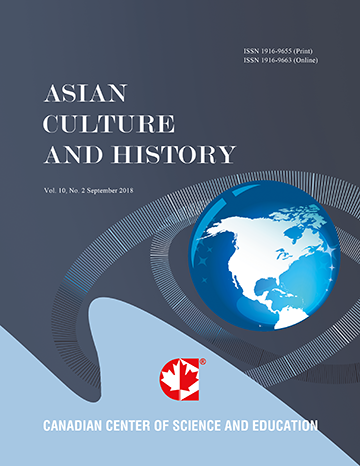The Samar Counterinsurgency Campaign of 1899-1902: Lessons Worth Learning?
- William Holden
Abstract
During the Philippine-American War of 1899-1902, the United States Army’s most difficult, and renowned, counterinsurgency campaign was waged on the island of Samar. The Samareño insurgents had a well developed infrastructure and were merciless with those who collaborated with the Americans. The Samarnons made extensive use of the island’s rough terrain with heavy forest cover, and raised funds from the island’s hemp merchants. The Americans defeated the insurgents by separating them from the population. This was achieved through food restrictions, a strict policy of non-neutrality forcing the people to choose between them or the insurgents, by concentrating the population in camps, by providing benefits to those who cooperated with them, and through skillful use of intelligence to dismantle the insurgent infrastructure. This campaign may have been an excellent demonstration of the principles of counterinsurgency warfare but it inflicted substantial abuses upon the Samarnons and caused long term damage to the island’s economy. Given the atrocities associated with the campaign, and its detrimental effects upon the island’s economy, one must truly wonder if it provides lessons worth learning.
- Full Text:
 PDF
PDF
- DOI:10.5539/ach.v6n1p15
Journal Metrics
Google-based Impact Factor (2017): 5.42
h-index (January 2018): 11
i10-index (January 2018): 21
h5-index (January 2018): 6
h5-median (January 2018): 9
Index
- Academic Journals Database
- CNKI Scholar
- COPAC
- EconPapers
- Elektronische Zeitschriftenbibliothek (EZB)
- Excellence in Research for Australia (ERA)
- Genamics JournalSeek
- Google Scholar
- Infotrieve
- LOCKSS
- MIAR
- NewJour
- Open J-Gate
- PKP Open Archives Harvester
- Publons
- RePEc
- Scilit
- SHERPA/RoMEO
- Standard Periodical Directory
- Technische Informationsbibliothek (TIB)
- The Keepers Registry
- Universe Digital Library
- WorldCat
Contact
- Ivan YongEditorial Assistant
- ach@ccsenet.org
